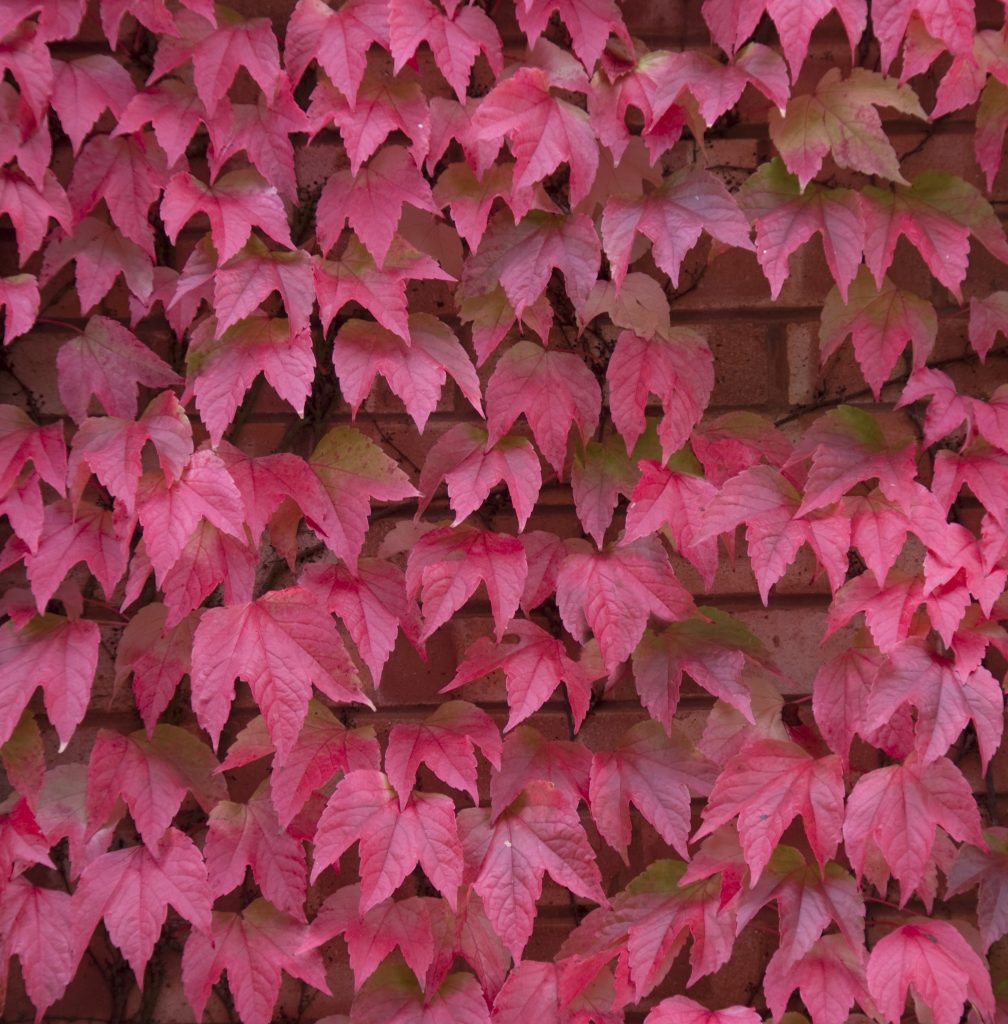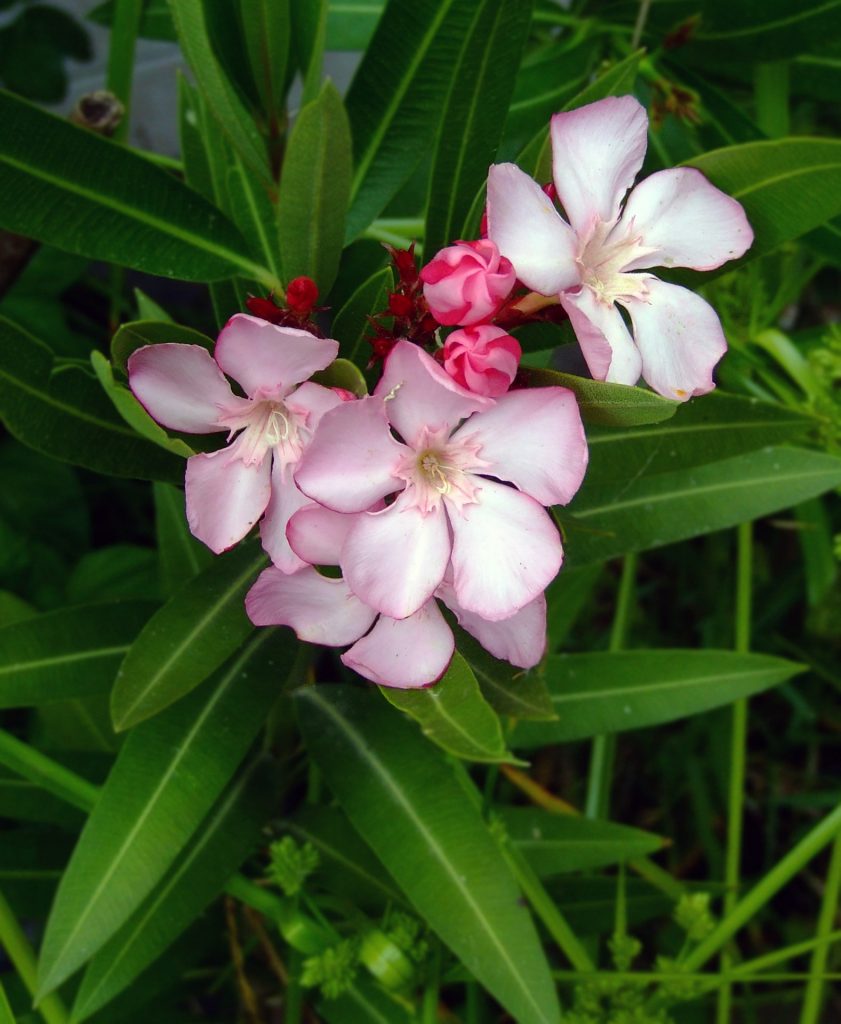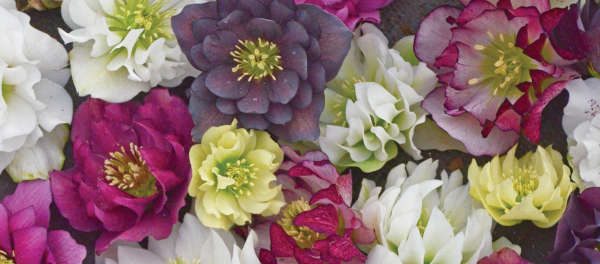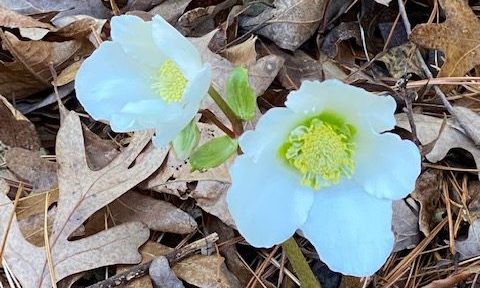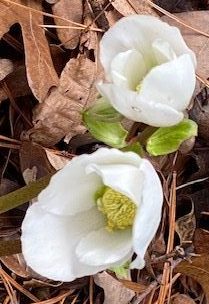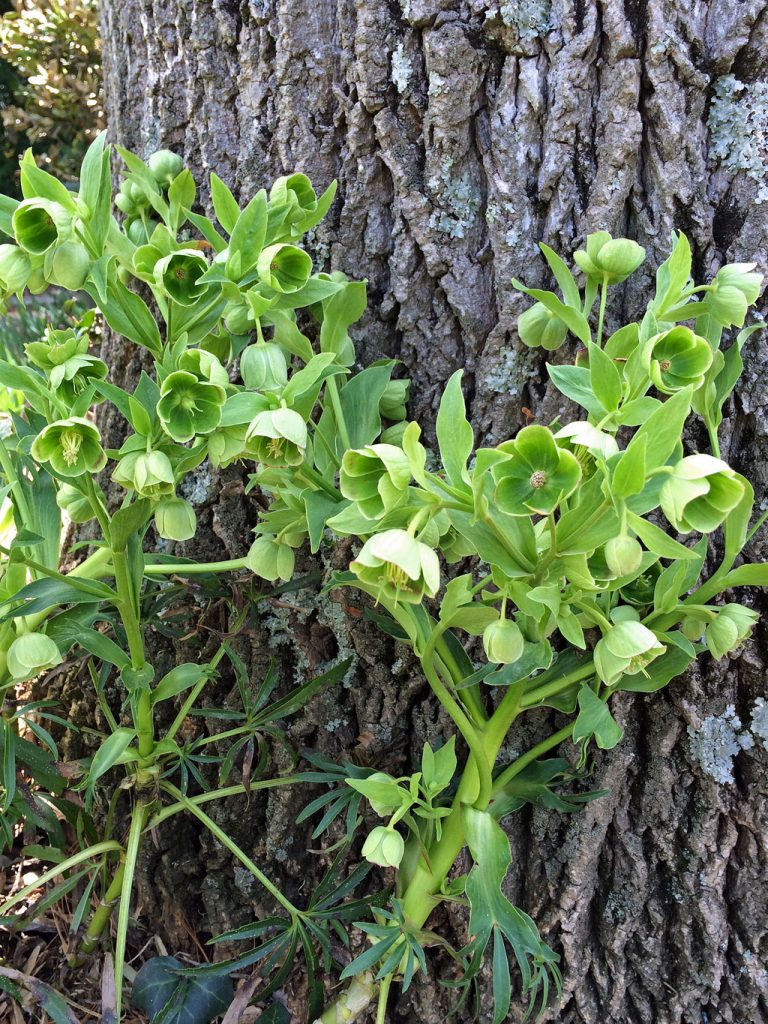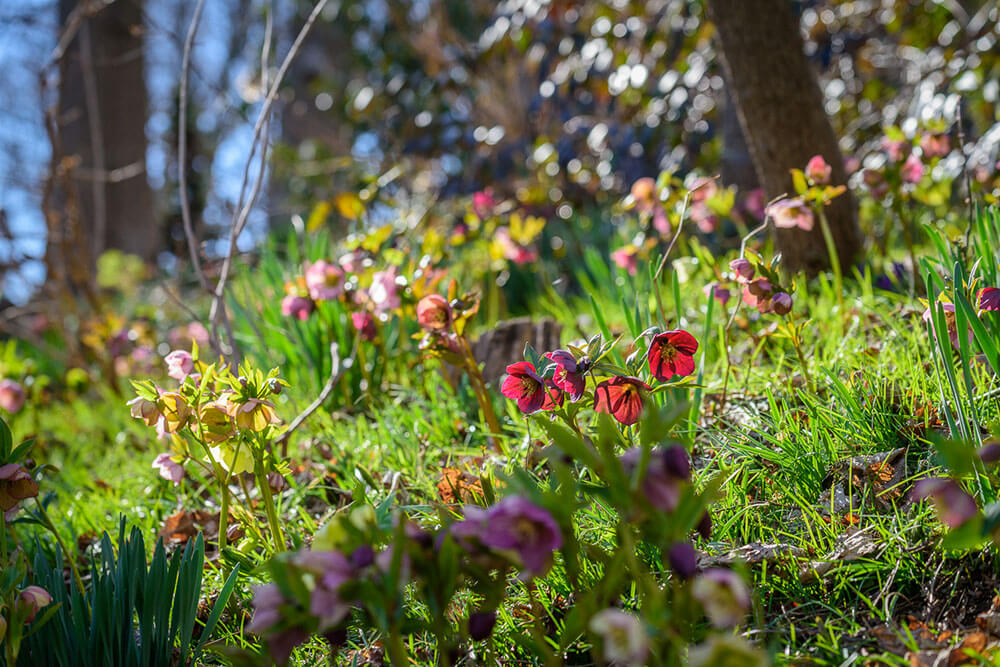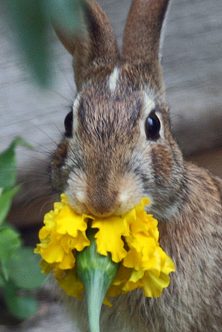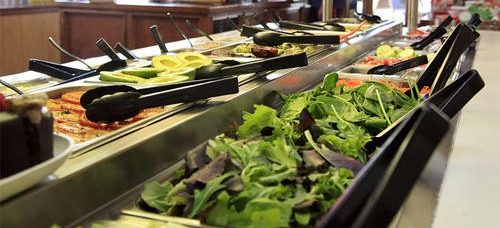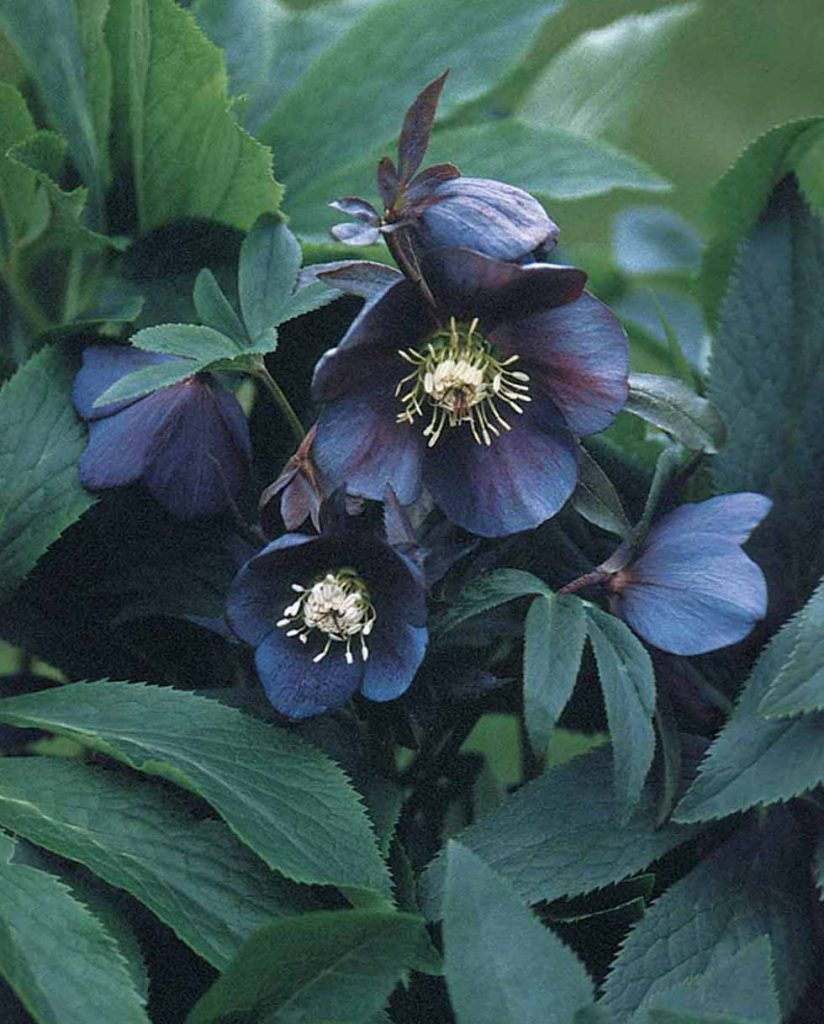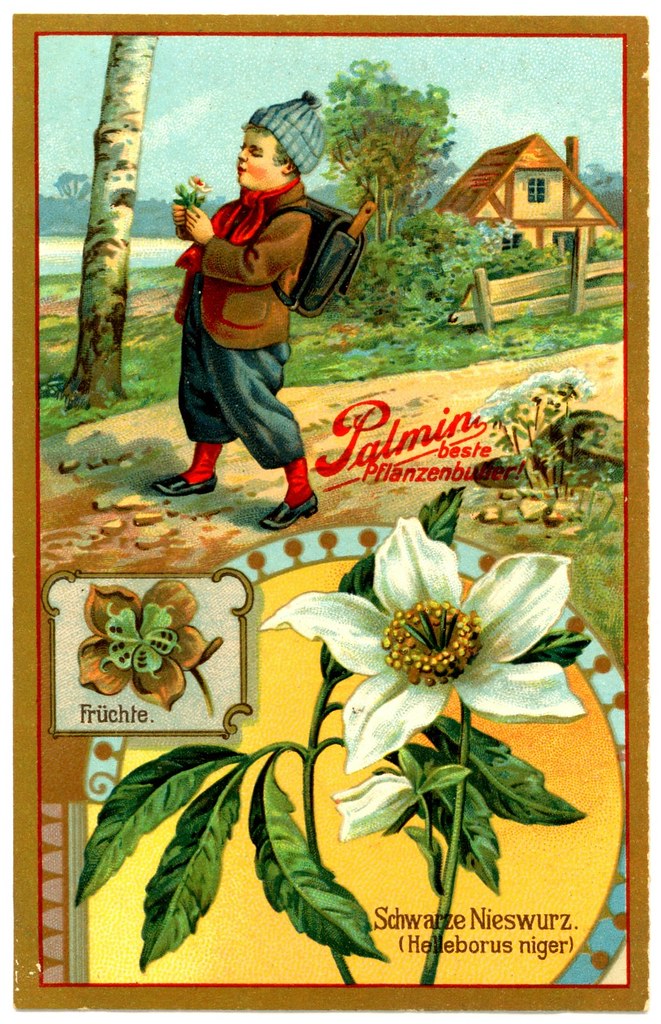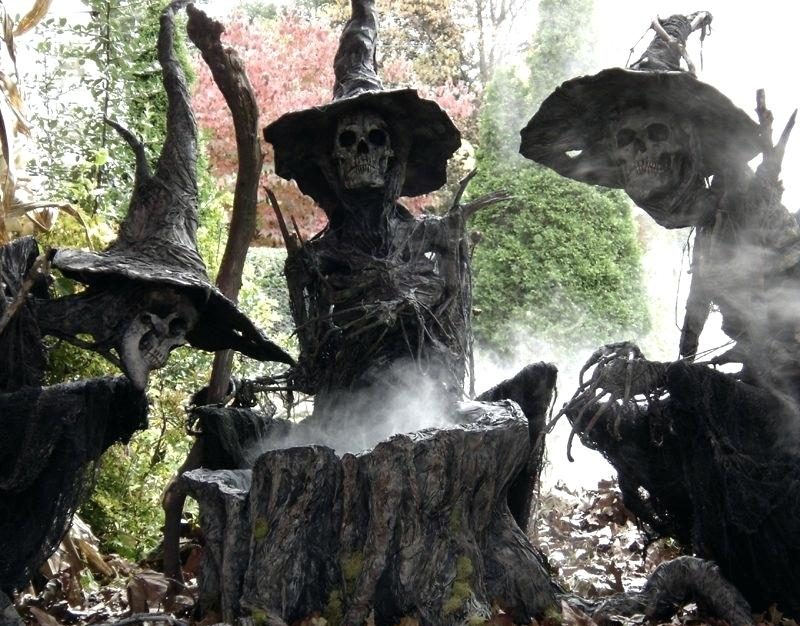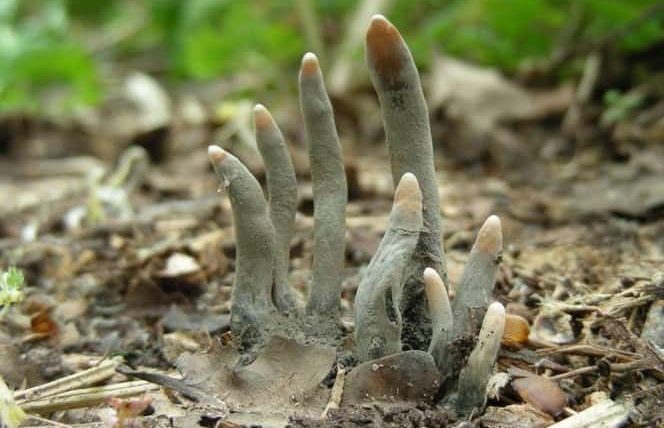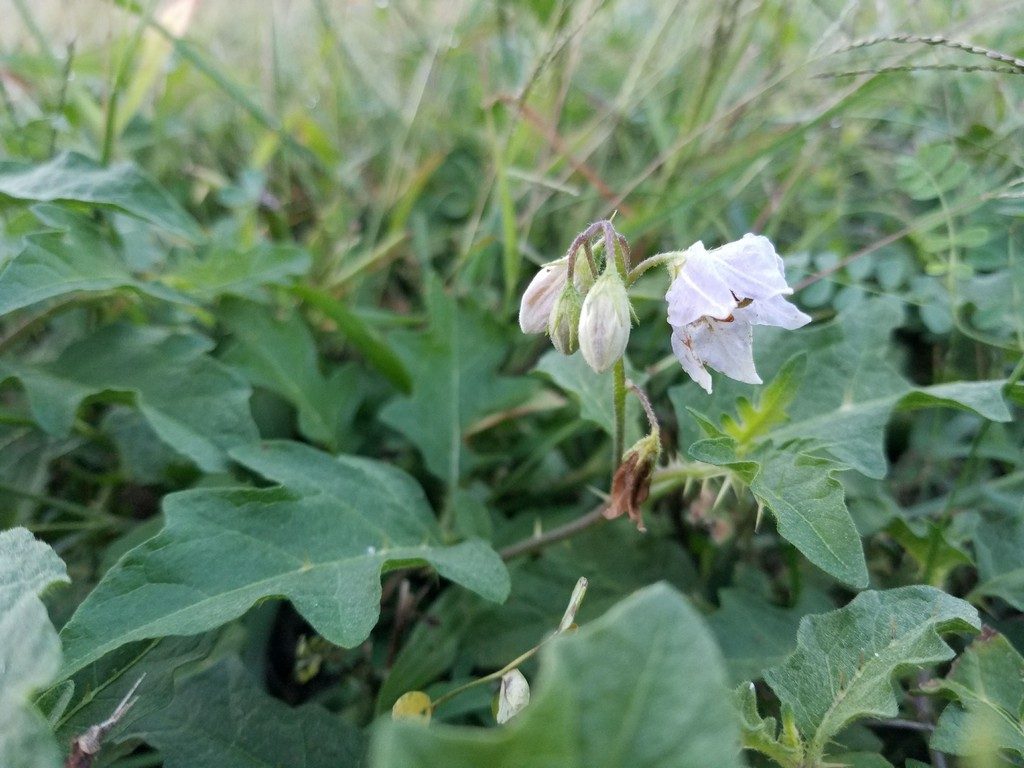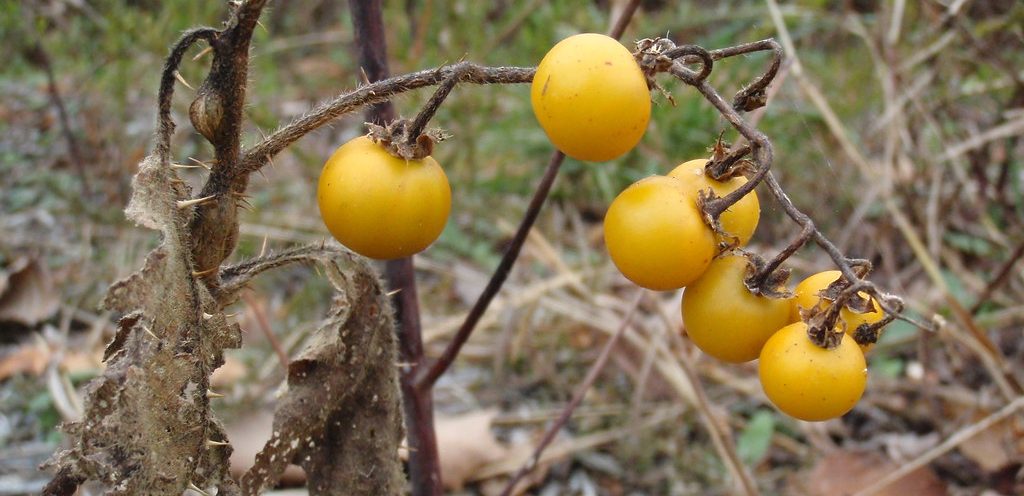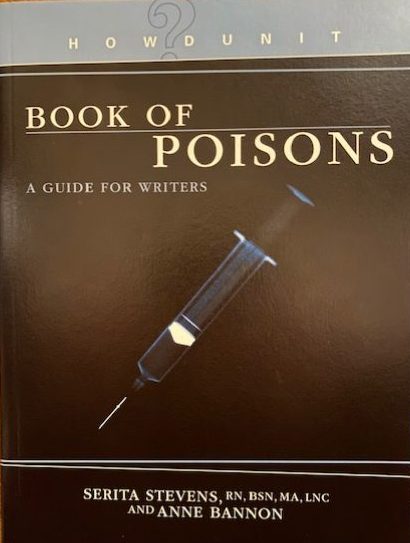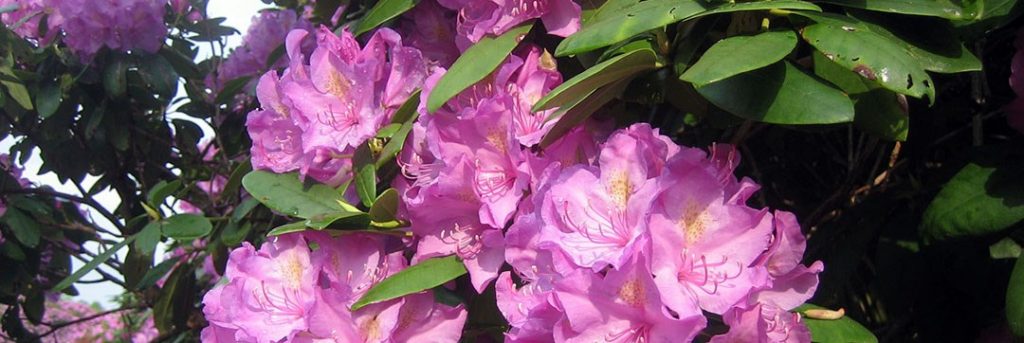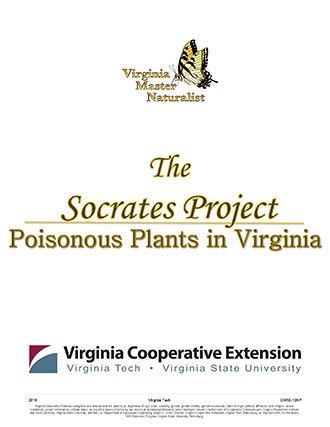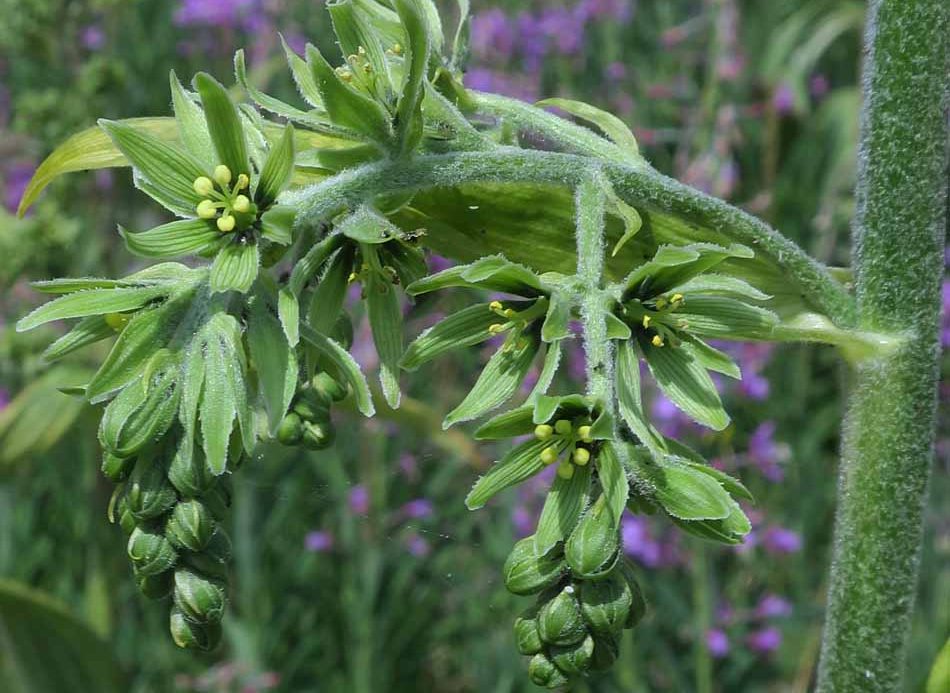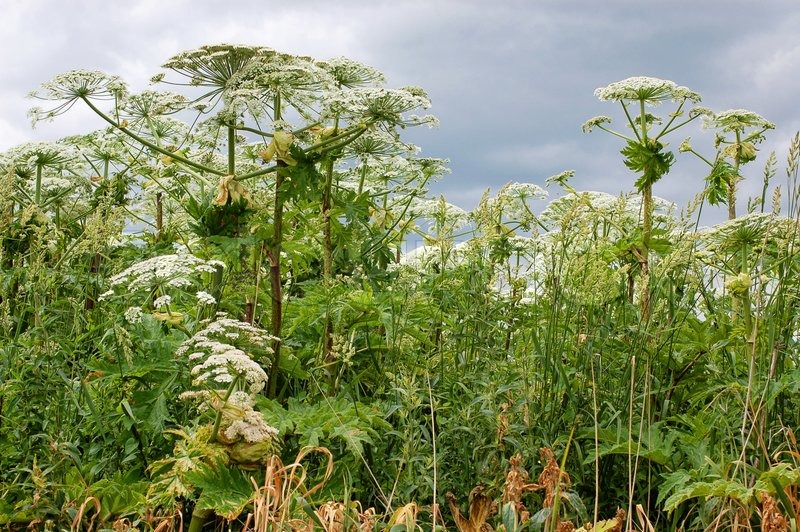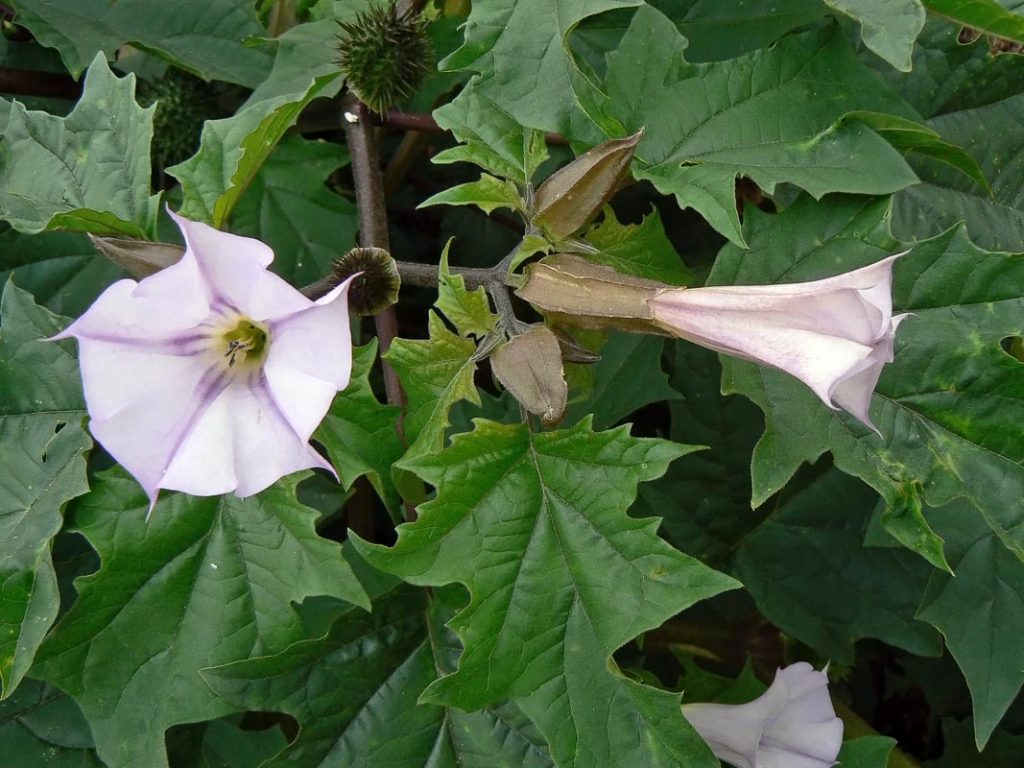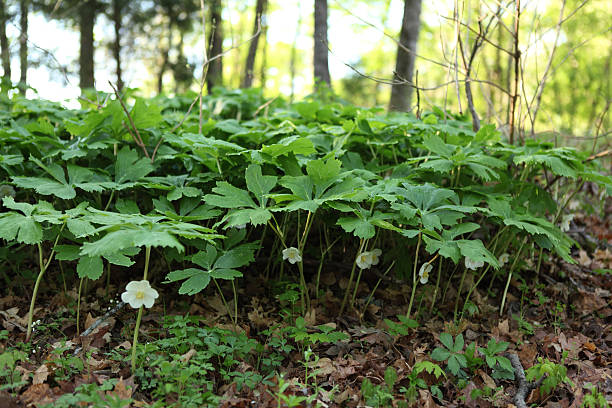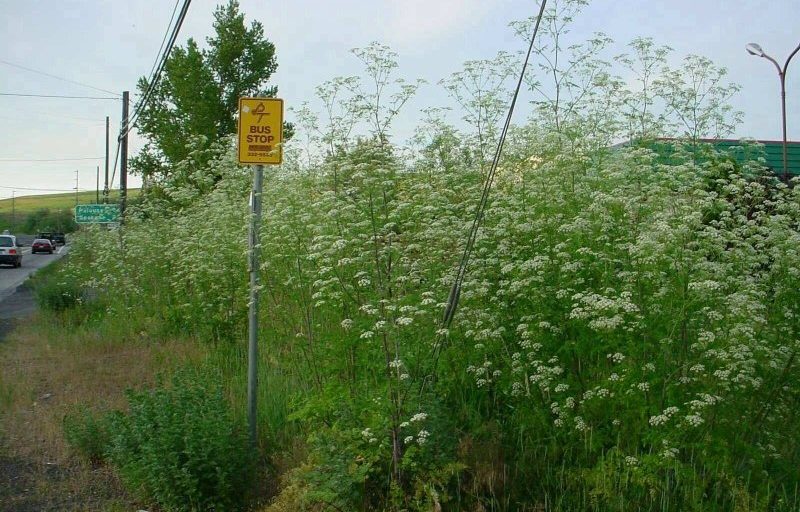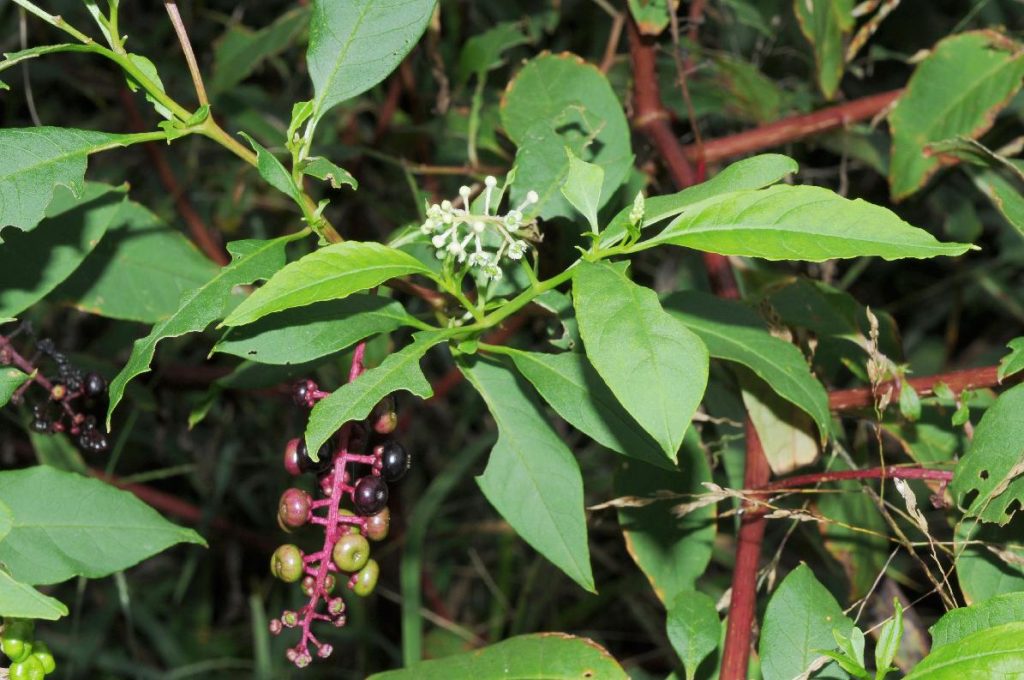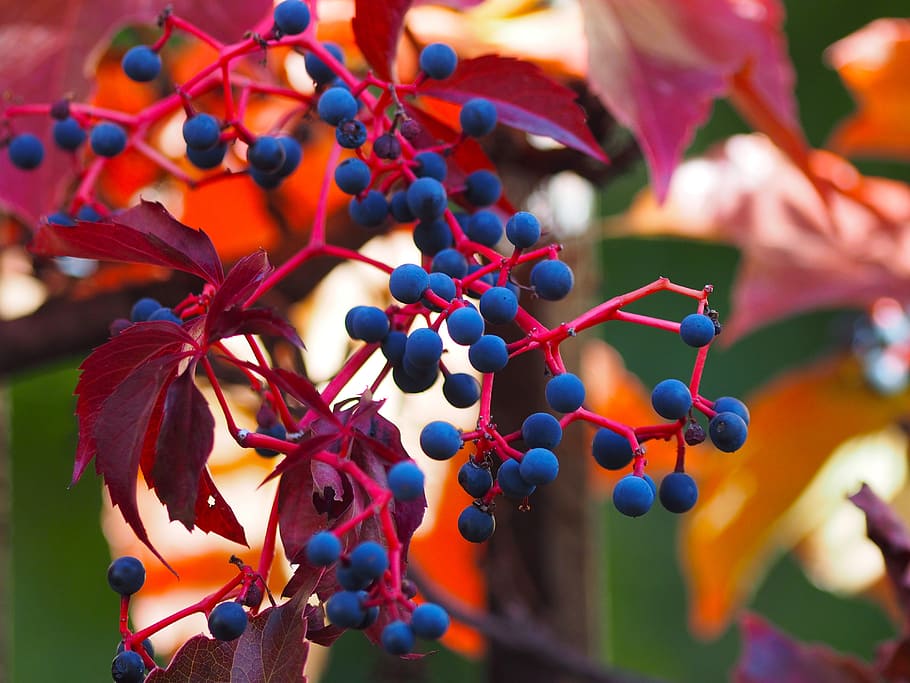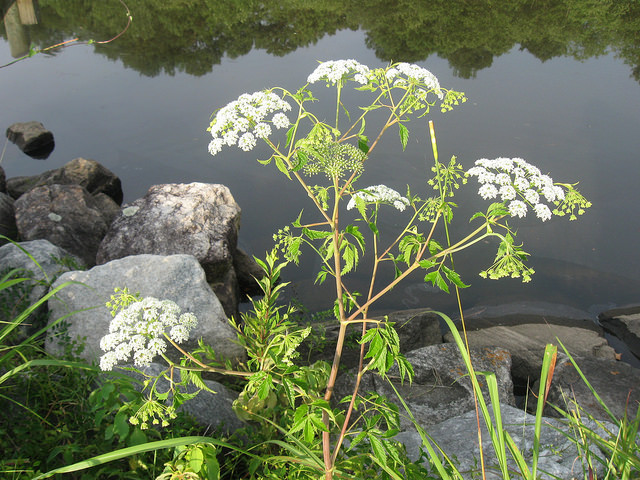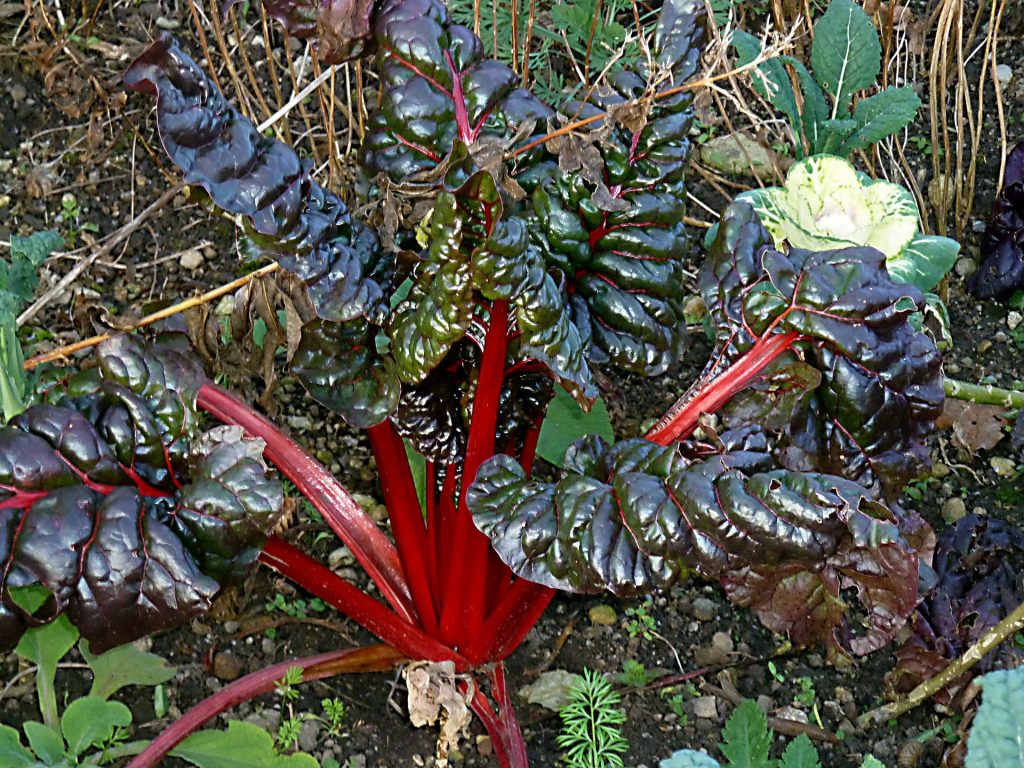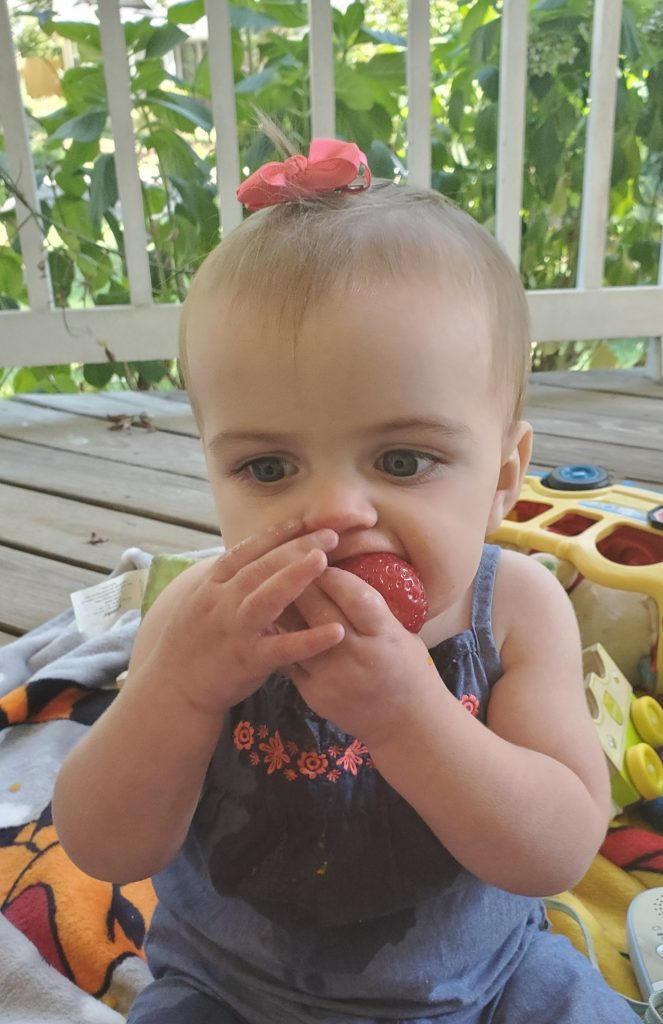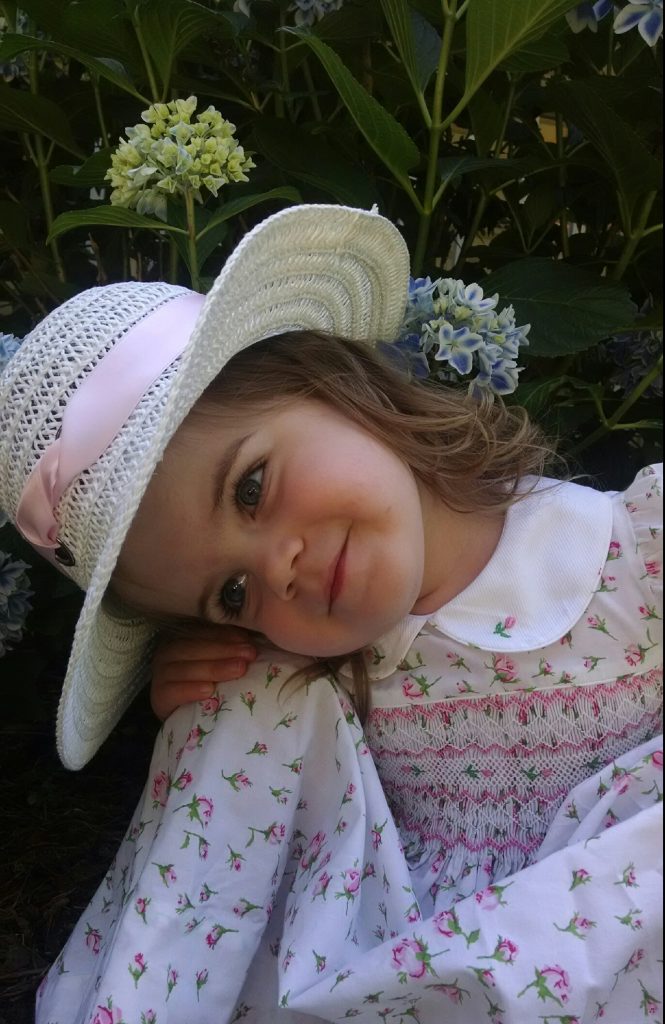When people think plants, they are likely thinking flowers, vegetables, fruit trees, flowering trees, shrubs, etc. But going forward, also consider the leaves!
I picked up this Alice Thoms Vitale book years ago—because that’s the sort of thing I do—and I must admit that I set it aside for quite a while. Big mistake! It’s fascinating.
Here, for your entertainment and enlightenment, are samples and quotes from that book. All such are from Leaves unless otherwise noted.
Virginia Creeper
It’s native and ubiquitous and, besides creeping, it trails and climbs. I work hard to keep it from overpowering nearby plants in my back yard. Nevertheless, in late autumn, the leaves turn deep scarlet, one of the few spots of color then.
They played an important role in American folk medicine as an emetic, purgative, and sweat producer. Not surprisingly, they taste bad. According to Vitale, some people also considered them mildly stimulating. To cure a headache, people smelled the juice of the leaves, or took an infusion of the leaves and berries. It had other medicinal uses as well. And, “An old belief claimed that a strong tea of Virginia creeper leaves healed even the worst hangover.” Maybe it will come back!
Vitale saw vendors selling it in pots as “American Vine” under the Rialto Bridge in Venice. If I saw it there, I didn’t recognize it.
Ivy
Although Vitale discusses English Ivy, it grows robustly—some would say invasively—here, so read on.
This evergreen vine has been central to magic, mythology, and medicine at least as far back as the ancient Greeks. Looking only at medicinal uses, Vitale lists twenty such uses, everything from bad spleen and baldness to ulcers and wounds.
“It is now scientifically established that all parts of the ivy plant are poisonous if ingested …can cause … illness—even death.” On the other hand, researchers in Romania have recently established ivy’s effectiveness as an antibiotic and antifungal treatment.
Apple Trees
Most people know apple trees primarily for their beauty and fruit; the leaves, not so much. The Greek physician Dioscorides said, “The leaves and blossoms and sprigs of all sorts of apple trees are binding.” Centuries later, an English herbalist said, “The leaves of the tree do coole and binde, and also good for inflammations in the beginning.”
Vitale’s book says no more about apple leaf medicine, but online I read that apple leaves have cooling and astringent properties. Some people use them therapeutically for stomach acid issues – heart burn, reflux, and all the way down to soothing digestive issues of the bowel such as diarrhea.
Various parts of the apple tree have many applications, and are widely used in oriental medicine. For the leaves in particular:
- In China, doctors use the leaves to treat fever, back pain, amenorrhea, and migraine.
- In India, the leaves of the apple tree are a common prescription against malaria, diarrhea, and rheumatism.
- In Vietnam, some people steep apple tree leaves in the bath water of women who have recently given birth.
Currently, experts have discovered that the apple tree contains compounds that help fight HIV, which is a good signal in the search and preparation of drugs to treat this century’s disease. In addition, the extracts from the leaves of the apple tree have anti-fungal effects on skin diseases, inhibit the vascular donor activity associated with a number of diseases such as diabetic retinopathy, arthritis, solid tumors…
And we can’t forget the famous Johnny Appleseed (aka John Chapman) who carried apple seeds from a cider press in Pennsylvania across the country. While traveling the Ohio River Valley, he planted more than 35 apple orchards in Ohio, Indiana, and Illinois.
Beware: apple seeds contain cyanide, and eating a cupful of them can cause cyanide poisoning. But who would do that?
Mistletoe
Vitale writes quite a bit about European mistletoe. But my focus is on American mistletoe, so what follows is from sources across the web. The two differ primarily in the shape of the leaves and the number of berries in the clusters.
American mistletoe grows only in the Americas, from New Jersey to Florida and west through Texas. Most people know it best for its ornamental and sentimental uses at Christmastime.
As for kissing under the mistletoe, that seems to have immigrated from Europe. In Norse legend, the trickster god Loki played a sinister trick on the beloved god Baldur, killing him with a mistletoe arrow. After his death, mistletoe berries somehow brought Baldur back to life, so Frigga declared mistletoe to be a symbol of love. According to Smithsonian magazine, “Mistletoe would come to hang over our doors as a reminder to never forget. We kiss beneath it to remember what Baldur’s wife and mother forgot.”
American mistletoe (Phoradendron leucarpum), also called eastern or oak mistletoe, is a parasitic shrub that grows on the branches and trunks of trees across Virginia. It grows most commonly on oaks, red maples, and gum trees and is most abundant in the swampy forests of Virginia’s Coastal Plain.
Both American and European mistletoe can be toxic in high doses, but neither has been convincingly shown to cause clinically apparent liver injury when given in conventional doses.
The leaves, stems and berries were used in traditional medicine to treat hypotension, constipation and as an abortifacient. The active component of American mistletoe appears to be a phoratoxin which causes vasoconstriction, perhaps the basis for its purported uses. High doses can induce delirium, hallucinations, bradycardia, hypertension and cardiac arrest. Nevertheless, there have been few reports of serious complications from accidental ingestion [of up to] 20 leaves or up to 5 berries of American mistletoe … American mistletoe is available as an oral extract in several forms and is purported to be beneficial for hypotension and constipation, but its clinical efficacy has not been shown in prospective clinical trials. There is no recommended dose. Side effects can include gastrointestinal discomfort, nausea, vomiting and drowsiness. American mistletoe is believed to be embryotoxic and an abortifacient.
NIH — LiverTox: Clinical and Research Information on Drug-Induced Liver Injury
American mistletoe was once used to counteract fertility. Native Americans employed the muscle-contracting medicinal properties of the plant to induce abortions.
Yet despite their parasitism, mistletoes may well be the Robin Hoods of plants. They provide food, shelter and hunting grounds for animals from birds to butterflies to mammals — even the occasional fish. Fallen mistletoe leaves release nutrients into the forest floor that would otherwise remain locked within trees, and this generosity ripples through the food chain.
The Biology of Mistletoe, Smithsonian Magazine
Woody Nightshade
The nightshade family is one of the largest plant families and is related to potatoes, tomatoes, peppers, and eggplants, among others. However, plant lovers also know woody nightshade as deadly nightshade or poisonous nightshade because all parts of the woody nightshade are dangerously toxic if eaten raw. Nevertheless, the leaves and green branches have historically played an important role in folk medicine.
In the second century, Galen (a Greek physician) recommended its use for treating cancer, tumors, and warts. According to Vitale, “…recent scientific studies prove that this plant does indeed contain a tumor-inhibiting element.”
Other authorities over the centuries have recommended the juice of the leaves for treating those who have been beaten or bruised, shingles, “hot inflammations,” and chronic rheumatism.
Mashed leaves in cream was recommended as a poultice for poison ivy and to treat sunburn. Modern chemists have found that this nightshade does contain solanine, “…a substance effective for healing obstinate skin disorders and ulcers.”
And if that isn’t enough, this plant is reputed to have healing magic!
Oleander
Flowering oleanders—whether the clusters of blooms are pink, rose-red, or white—are gorgeous. They have a variety of scents—vanilla, lemon, apricot, and floral with a hint of spices—depending on species, time of day, and developmental stage.
Warning: all parts of the shrub are poison. Eating a single leaf or eating meat cooked on a skewer of oleander wood can be deadly. In India, it’s called “horse killer” but it is lethal for dogs, mules, and many other animals.
At the same time, historically, people treated venomous bites by drinking the juice of oleander leaves with wine. The juice relieves scabies, mange, and abscesses. It’s also useful as a pesticide and rat poison. Modern researchers have developed a treatment for weak heartbeats from oleandrin, a glycoside in oleander.
Lemon Verbena
Although many (most?) leaves are some combination of pros and cons, plusses and minuses, lemon verbena is all about loving it.
Wherever lemon verbena grows, the leaves perfume the air around. The dried leaves retain their scent for years, hence their popularity for potpourri and sachets.
Lemon verbena oil is a frequent ingredient in perfume, and in other cosmetics and creams.
The leaves haven’t contributed much to medicinal uses. However, decoctions have been taken as a sedative and for indigestion.
Tea made from lemon verbena leaves is widely popular for the flavor alone (for example, in Brazil). In southern Italy, women wishing to get pregnant often drink such tea—although there is no science supporting that tea as a fertility aid.
Bottom Line: Leaves are often useful as well as ornamental! Whether you take a leaf or leave it depends on your goal—and risk tolerance!


